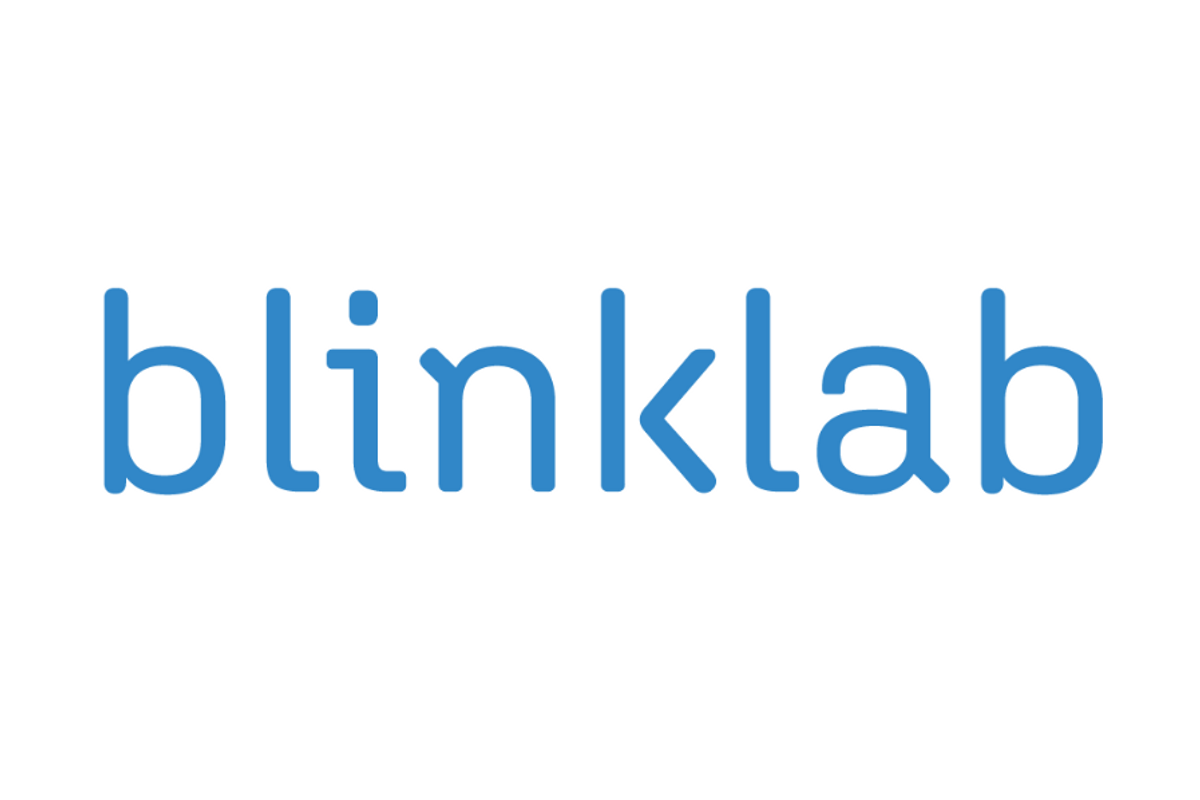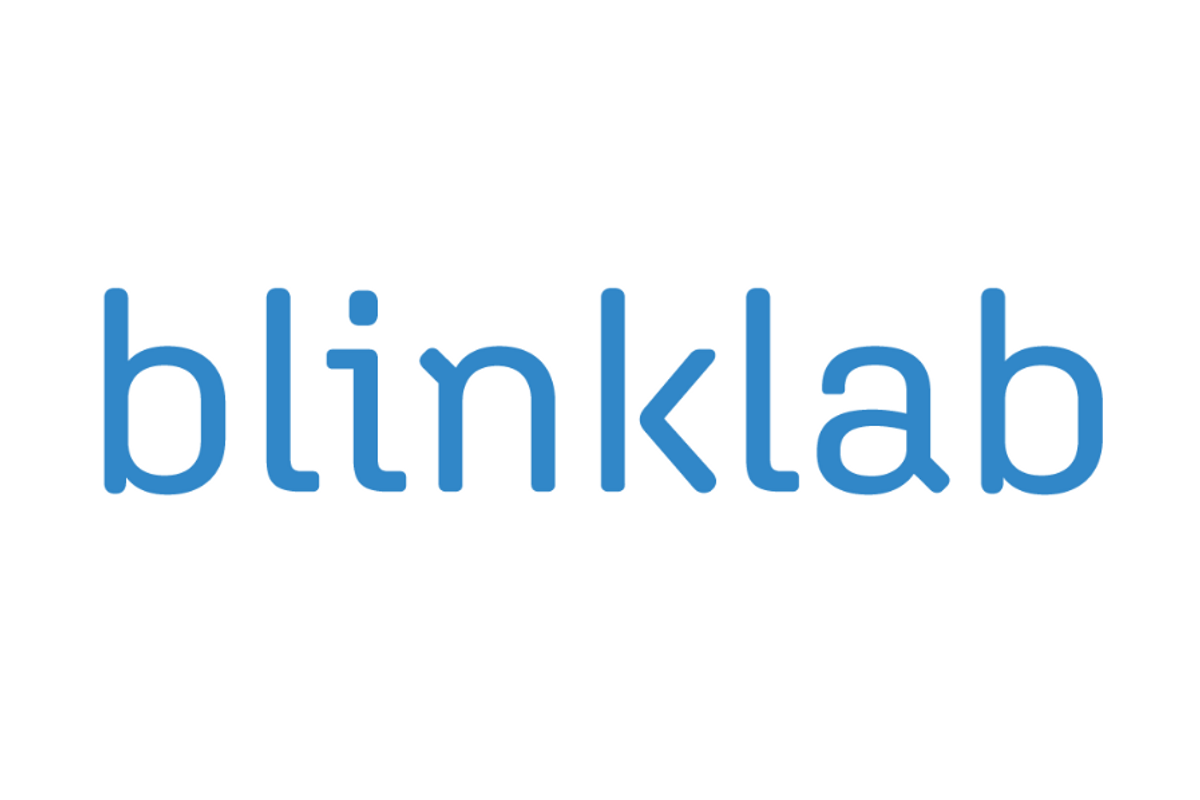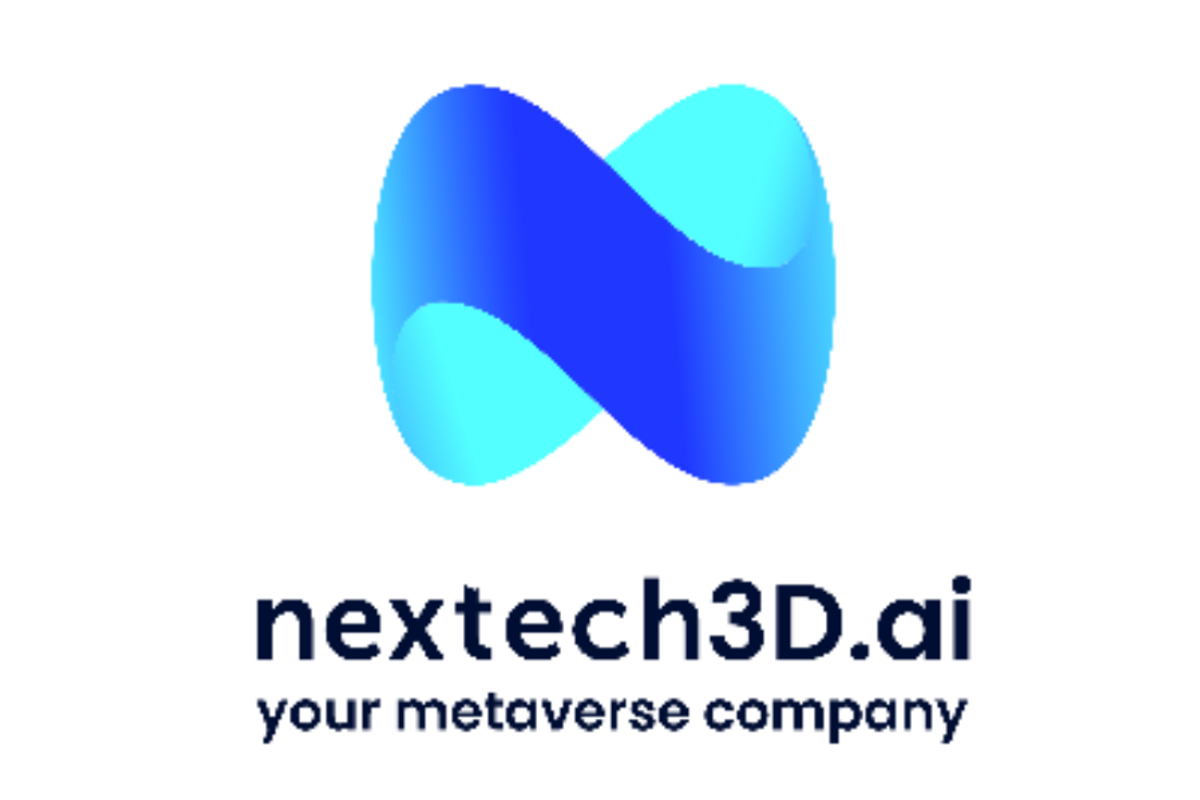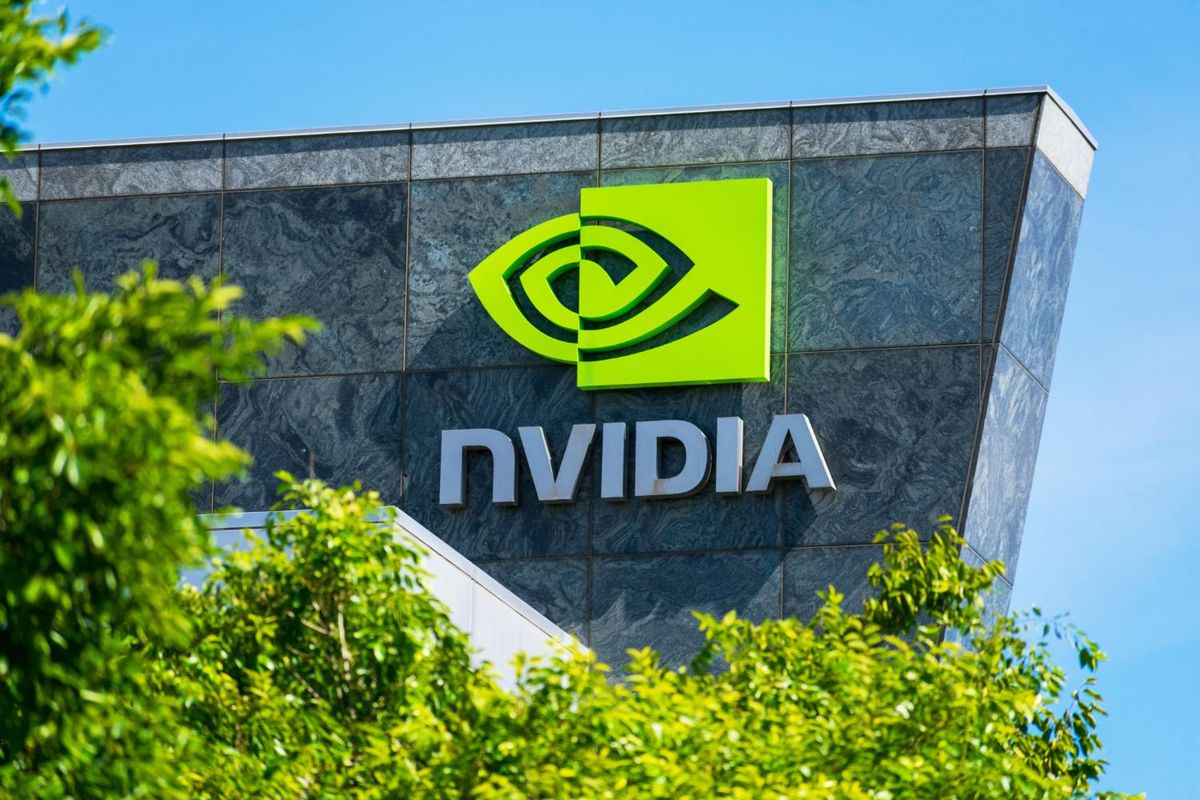
December 17, 2024
Description
The securities of BlinkLab Limited (‘BB1’) will be placed in trading halt at the request of BB1, pending it releasing an announcement. Unless ASX decides otherwise, the securities will remain in trading halt until the earlier of the commencement of normal trading on Friday, 20 December 2024 or when the announcement is released to the market.
Issued by
ASX Compliance
Click here for the full ASX Release
This article includes content from Blinklab Limited, licensed for the purpose of publishing on Investing News Australia. This article does not constitute financial product advice. It is your responsibility to perform proper due diligence before acting upon any information provided here. Please refer to our full disclaimer here.
BB1:AU
The Conversation (0)
25 September 2024
BlinkLab Limited
Revolutionising Mental Health Care Through Mobile Solutions
Revolutionising Mental Health Care Through Mobile Solutions Keep Reading...
01 May
Successful Placement of A$7.66M to Underpin Growth Strategy
BlinkLab Limited (BB1:AU) has announced Successful Placement of A$7.66M to Underpin Growth StrategyDownload the PDF here. Keep Reading...
29 April
Trading Halt
BlinkLab Limited (BB1:AU) has announced Trading HaltDownload the PDF here. Keep Reading...
27 April
Quarterly Activities/Appendix 4C Cash Flow Report
BlinkLab Limited (BB1:AU) has announced Quarterly Activities/Appendix 4C Cash Flow ReportDownload the PDF here. Keep Reading...
31 March
BlinkLab Surpasses Key Milestone in Pivotal U.S. Trial
BlinkLab Limited (BB1:AU) has announced BlinkLab Surpasses Key Milestone in Pivotal U.S. TrialDownload the PDF here. Keep Reading...
30 March
Trading Halt
BlinkLab Limited (BB1:AU) has announced Trading HaltDownload the PDF here. Keep Reading...
09 December
Nextech3D.ai to Acquire Krafty Labs, Expanding AI Event Solutions for Enterprise Clients
Krafty Labs Generated 2025 Year to date Revenue of $1.1 mill with a 72% gross marginAll-Cash Deal for $600,000Acquiring a Blue Chip customers list; Google, Meta, Oracle etcNextech3D.ai Doubles Customer Base to 1000+Nextech3D.ai is Accelerating its Growth As a One-Stop AI Event Tech Suite NEW... Keep Reading...
02 December
Nextech3D.ai Announces Definitive Agreement to Acquire 100% of ARway, Streamlining Operations
Nextech already owns 15million shares or about 40% of the 38 million shares outstanding in Arway Corporation ("Arway") OTCQB: ARWYF / CSE: ARWY TORONTO, ON / ACCESS Newswire / December 2, 2025 / Nextech3D.ai (CSE:NTAR,OTC:NEXCF)(OTCQX:NEXCF)(FSE:1SS), Nextech an AI-first 3D modeling and event... Keep Reading...
28 November
Tech Weekly: Tech Stocks Recover; Meta, Alphabet Reportedly in Partnership Talks
Welcome to the Investing News Network's weekly brief on tech news and tech stocks driving the markets. We also break down next week's catalysts to watch to help you prepare for the week ahead.Don't forget to follow us @INN_Technology for real-time news updates!Securities Disclosure: I, Meagen... Keep Reading...
21 November
Tech Weekly: NVIDIA Earnings Impress, Bezos Launches AI Startup
Welcome to the Investing News Network's weekly brief on tech news and tech stocks driving the markets. We also break down next week's catalysts to watch to help you prepare for the week ahead.Don't forget to follow us @INN_Technology for real-time news updates!Securities Disclosure: I, Meagen... Keep Reading...
21 November
Intention to Explore Dual Listings
Amazing AI plc (AQSE: AAI) - 20 November 2025: AAI is a global fintech group with a Digital Asset Treasury Policy that provides online consumer loans and AI finance-related services. AAI announces that the Company is exploring its options to dual list on the Mauritius Stock Exchange and OTCQB... Keep Reading...
18 November
AI's Infrastructure Boom: Risks, Legal Insights and Innovation
Silicon Valley’s tech giants are pouring hundreds of billions of dollars into artificial intelligence (AI) infrastructure this year, a commitment that has been met with growing anxiety from shareholders. This massive investment, reminiscent of the dot-com boom, has faced skepticism over its... Keep Reading...
Latest News
Latest Press Releases
Related News
TOP STOCKS
American Battery4.030.24
Aion Therapeutic0.10-0.01
Cybin Corp2.140.00






